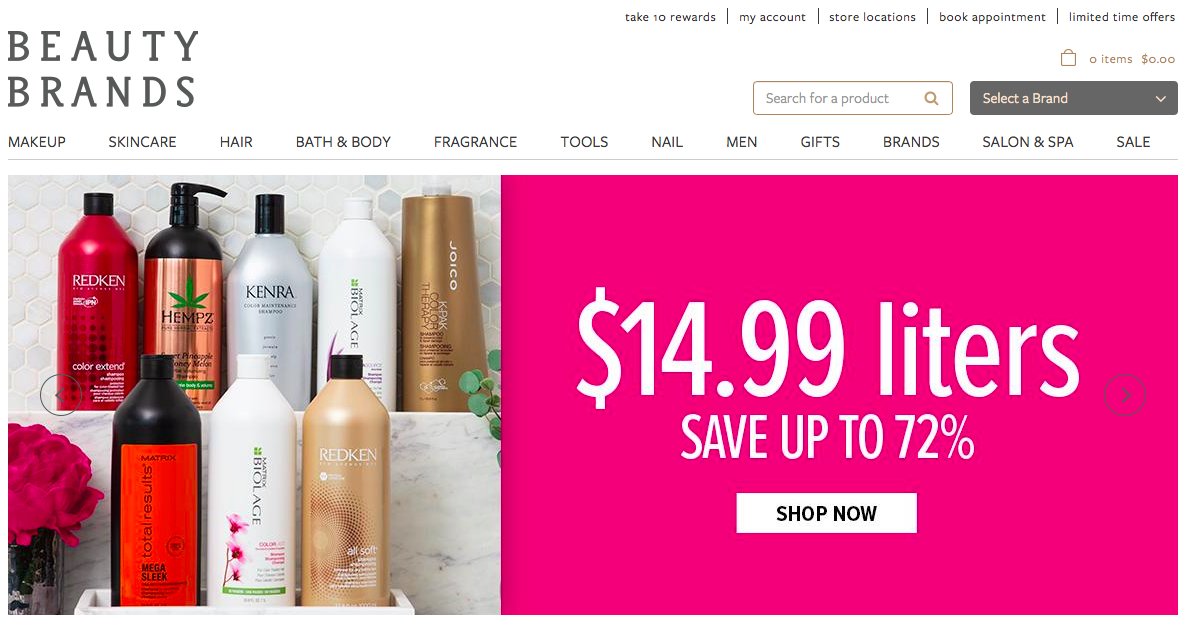
What’s Behind Once-Promising Retailer Beauty Brands’ Struggles?
In early 2014, news broke that Lyn Kirby, former president and CEO of Ulta Beauty, had joined forces with a private equity firm later revealed as TSG Consumer Partners to buy Beauty Brands from advertising magnate Bob Bernstein and transform the Kansas City-based regional retailer into a national force in the beauty industry.
The acquisition was met with widespread enthusiasm. Revered for her leadership at Ulta, which she shepherded from value chain with 85 to a mass-prestige hybrid with 350 units over the course of 11 years, it was widely thought Kirby could swoop into Beauty Brands and replicate the Ulta model. She recruited members of her Ulta team, notably former Ulta vice president of marketing Rich Bos, to reimagine Beauty Brands, brands that had previously balked at the chain like BareMinerals and Smashbox jumped on board, and those that had been on its shelves were fired up about the possibility of sales headway.
“It’s a 10 started with Beauty Brands in 2010 and had great expectations [for] them actually being a contender with Ulta in some areas where Ulta had little presence,” says Carolyn Aronson, founder and CEO of haircare brand It’s a 10. “Our experience started off great, but, over the years, we noticed the planned progression slowing down.”
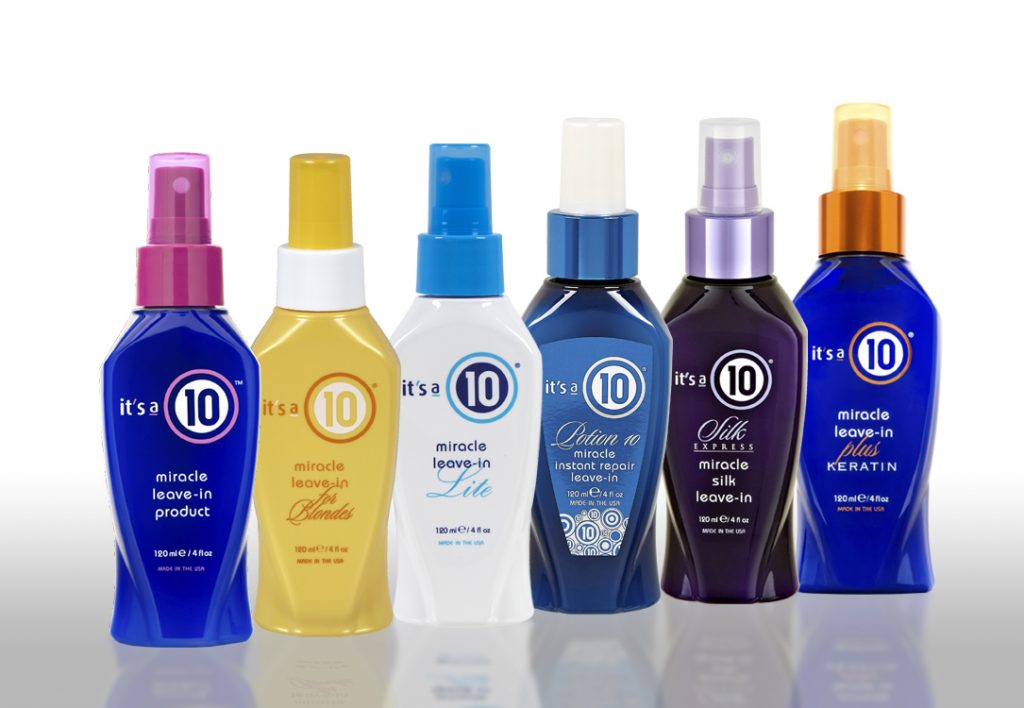
Last week, the planned progression came to a screeching halt. Beauty Brands filed for bankruptcy shortly after laying off 40 employees and deciding to close 25 of 58 stores. The bankruptcy follows a failed capital raise and sale process guided by Lazard Middle Market in August. The investment bank contacted 150 potential financial and strategic investors, but came up empty. Lacking options, Beauty Brands has entered into an agreement with retail inventory disposition specialist Hilco Merchant Resources to takeover its operating assets unless another bidder has a better offer.
While Caryn Lerner, who succeeded Kirby as CEO of Beauty Brands in 2017, is publicly insisting Beauty Brands will emerge from bankruptcy with renewed strength, fatalism over Beauty Brands’ future trumps optimism. Beauty insiders wonder what happened to the once-promising company, and brands selling to the retailer worry about whether they’ll be compensated for outstanding orders.
“I feel like this could be the beginning of their demise,” says Julia Garza, founder and president of Belleza Brand Blueprints, and vice president of global brand development at Michael Todd Beauty. “They do have some good brands, but I don’t think they know what to do with those brands. They have no omnichannel strategy. They have no social media strategy. There is no reason to connect yourself to Beauty Brands.”
“They do have some good brands, but I don’t think they know what to do with those brands. They have no omnichannel strategy. They have no social media strategy. There is no reason to connect yourself to Beauty Brands.”
Beauty Brands may have been a victim of Kirby’s accomplishments at Ulta. With her previous company and Sephora sucking up much of the specialty retail energy and sales in beauty, Beauty Brands hasn’t figured out key areas of differentiation beyond spa and salon services. Its salon, a component Beauty Brands shares with Ulta, is a substantial revenue generator. According to the Chapter 11 filing, hair care accounts for 42.6% of its inventory mix on a cost basis, making it Beauty Brands’ largest inventory category by a long shot.
“How can they compete with Sephora and Ulta anyway?” asks Paula Scandone, founder of beauty consultancy The Bella Group. “I honestly hear nothing about Beauty Brands in the industry from peers and insiders. This leads me to form the opinion that marketing and merchandising concepts have not been strong enough to compete with all the social and digital that is out now that drives new niche brands and traffic.”
Beauty Brands has been constantly tweaking its concept to figure out a format for growth. Kirby’s early vision was for it to be a mashup of department store and masstige beauty retail. She told WWD in late 2014, “We will continue to evolve to be far more of a luxury and prestige experience for our customers.” Beauty Brands’ push into prestige netted so-so results as covetable top-tier brands from beauty conglomerates stayed away, and Lerner retrenched by shifting the strategy back to Beauty Brands’ haircare roots. “Nobody has positioned themselves, that I’m aware of, as the hair authority, so it allows us to talk about our expertise,” she informed the Kansas City Business Journal in 2017.
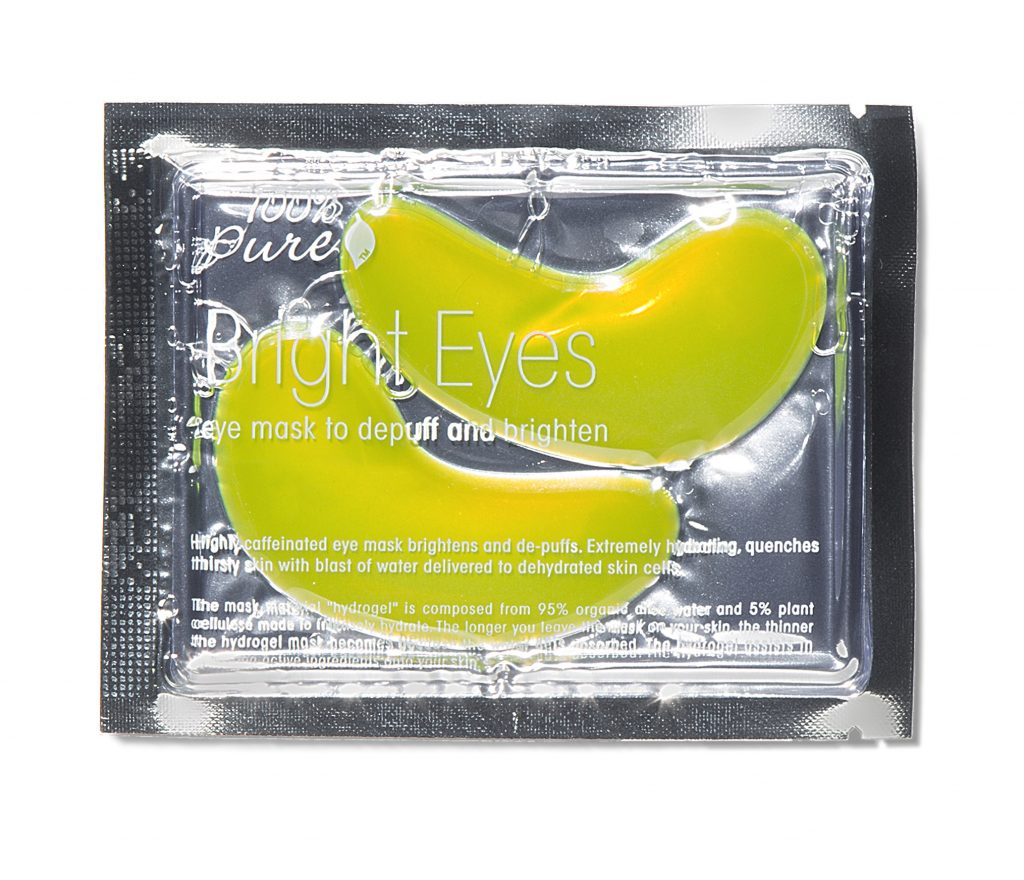
Lerner invited brands to tell their messages in Beauty Brands stores with imagery and signage intended to enliven its interior design. Indie brands applauded the retailer’s attempts to showcase their products, although staff turnover and scarce follow-through have stymied execution of various initiatives to bolster the profiles of small brands. With the layoff in December, many brands have lost their point people and supporters at Beauty Brands.
“We’ve have had a lot of conversations with them about the guest experience they are trying to provide. They are trying to offer the guests a way to interact with and sample goods,” says Aston LaFon, co-founder of 18.21 Man Made. He continues the men’s grooming brand had been in discussions with Beauty Brands about using its whiskey barrel displays in stores and incorporating its products in the salon section. LaFon says, “They were trying to help us get awareness in the store, which we appreciated.”
Although unjustified expansion is often pegged as a core problem at Beauty Brands, the chain didn’t expand significantly in recent history. It was at 55 doors upon Bernstein’s sale and stood at 61 doors at the dawn of Lerner’s tenure. There were ambitions to increase Beauty Brands’ door count to 100 or more, but they never were realized. Instead, a greater problem industry experts identify is Beauty Brands’ poor locations.
“How can they compete with Sephora and Ulta anyway? I honestly hear nothing about Beauty Brands in the industry from peers and insiders. This leads me to form the opinion that marketing and merchandising concepts have not been strong enough to compete.”
Bernstein was a Blockbuster franchisee, and Beauty Brands inherited former Blockbuster stores. “Space and location became a big challenge as they began to grow their footprint,” says Garza. “A lot of the boxes they took over were very difficult to get to, and there was nothing to anchor them. Ulta is in locations with all these other stores anchoring them to help with traffic. A lot of the Beauty Brands locations were destinations.”
Online, Beauty Brands hasn’t arrived at the right recipe either. Industry sources estimate its e-commerce sales constitute 5% to 7% of total revenues. Beauty Brands’ social media is equally weak. Sephora’s Instagram audience exceeds 16 million, Ulta’s tops 5 million, Bluemercury’s surpasses 49,000, and Beauty Brands’ languishes at 26,300. Its feeble social media is a byproduct of and a contributor to a mature clientele that isn’t as charmed by Insta-famous brands as Ulta and Sephora customers.
“Brick-and-mortar seems to work well only if you have strong digital presence, too,” says Ric Kostick, CEO of 100% Pure. He adds Beauty Brands could give itself a profit boost by augmenting e-commerce and private-label merchandise, a category responsible for a mere .1% of its inventory. Speaking of private label, Kostick says, “Ulta did it, and it really drove sales and performance. Having private label doesn’t necessarily directly help a brand like ours, but it helps them become a more viable model, which we want.”
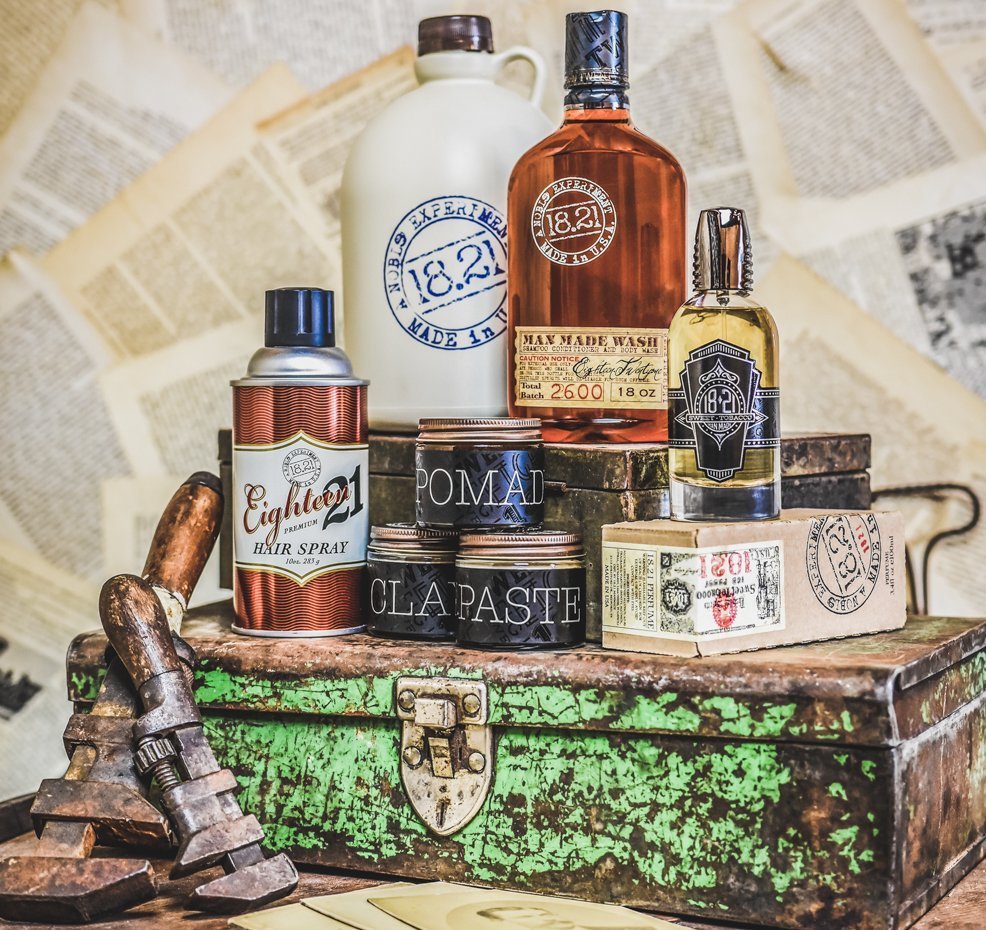
At the moment, Beauty Brands’ vendors are in the dark about moves the retailer plans to make to crawl out of the hole it’s in. Brands that spoke to Beauty Independent for this story divulge the retailer’s management has yet to reach out to them. Instead, its warehouse and remaining buyers are checking in to ensure purchase orders are cancelled and convey the message that it’s business as usual at the 33 stores currently slated to carry on.
No one is very hopeful about Beauty Brands’ prospects. Aronson says, “I do think it will remain open, but my guess is the venture firm will flip it and the little fish in the pond will be gobbled up by the bigger fish.” Kostick is comparably sanguine. “With digital expertise and private label – and perhaps owning a brand incubator or multiple brands, basically being a manufacturer for higher margins – and a focus on indie beauty, I could see [smaller beauty] chains thriving if someone could consolidate them,” he says. “For Beauty Brands, I’m not sure the fate yet.”

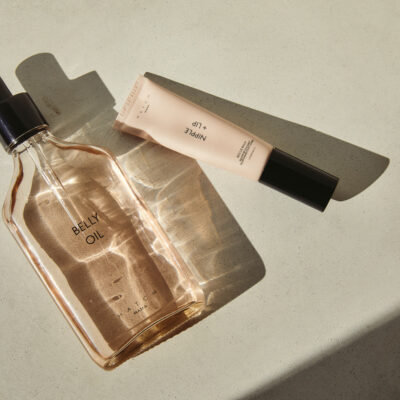

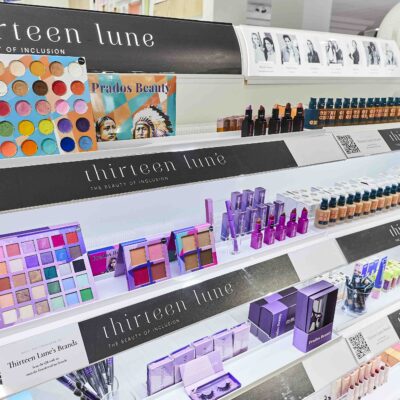
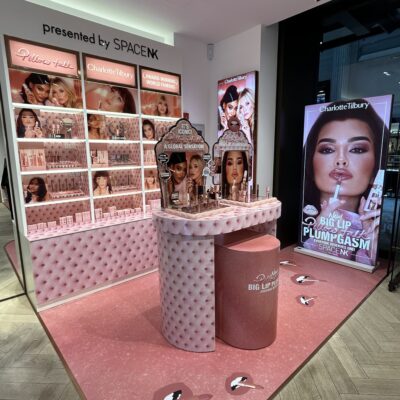
Leave a Reply
You must be logged in to post a comment.